Completed in 1799, Hawa Mahal is not only a beautiful architectural marvel but also an engineering marvel with its efficient self-cooling capabilities.
Impressive architecture of the “wind palace” Hawa Mahal. Photo: Wikimedia
Hawa Mahal Palace is located in Jaipur, Rajasthan. Today, this structure is one of the most recognizable symbols of India and is also a famous tourist attraction, attracting about a million visitors each year. Hawa Mahal is not only magnificent in architecture but also offers lessons in sustainable construction, CNN reported on May 26.
Standing 26.5 metres tall and with 953 ornate skylights, the Hawa Mahal is a visual feast. However, few people realise that what they see from the main road is actually the back of the building.
According to Dr. Mahendra Khadgawat, Director of the Rajasthan State Department of Archaeology and Museums, King Sawai Pratap Singh (1764 - 1803) was a devotee of the Hindu god Krishna and asked architect Lal Chand Usta to build a crown-shaped structure resembling Krishna's crown. The result was the Hawa Mahal.
“The main purpose of the building was to allow the royal women to enjoy the street scene and the daily processions without being seen,” said Khadgawat, referring to a practice in medieval India where women, especially those of the upper classes, were kept hidden from public view.
According to architect Kavita Jain, a conservation and heritage expert, the Hawa Mahal served many other purposes. “For the people of the city, the eastern side facing the road was an interesting sight. For the king, it was a legendary structure that would remind generations of him. For the royal ladies, it was a way to connect with the common people and celebrate ceremonies without being in the public eye,” she said.
“But to the discerning eye, this is a clever engineering marvel, where aesthetically appealing elements are used to create a microclimate pleasant enough for queens to enjoy their walks,” Jain added.
About one million people visit the Hawa Mahal palace every year. Photo: Vishal Bhatnagar/NurPhoto/Getty
Today, the Hawa Mahal stands as a prime example of the role of climate in historical Indian design, and provides evidence of a profound knowledge of the laws of thermodynamics.
In Hindi, Hawa means “wind” and Mahal means “palace” – a name that is perfectly apt. “The orientation of the building is on an east-west axis, which suits the natural wind direction of the area. The wind blows into the palace from the west (through a series of open fields). It draws moisture from the pond in the courtyard by the principle of convection, hot air rises – cool air falls,” says Shyam Thakkar, an architect in Jaipur.
The moist air then moves towards the 953 windows, cooling the air through the Venturi effect – air moves through a narrow passage, increasing the wind speed and reducing the pressure. “The windows’ sophisticated mesh system helps to divide and distribute the air flow evenly, ensuring there are no hot spots. They also control direct sunlight. The final touch is to use lime (chuna) as the mesh material. Chuna can regulate temperature,” he added.
The floors are also separated according to the seasons, according to Sanjay Sharma, a tour guide at Hawa Mahal for more than 20 years. “The amount and size of open space varies from floor to floor. Some floors have windows covered with stained glass, others have open windows. The proportion of open space left on each floor is adjusted according to the season of use, namely pre-winter, spring, summer and during winter, making Hawa Mahal a climate-smart building,” he said.
According to Thu Thao/VNE (CNN)
Source



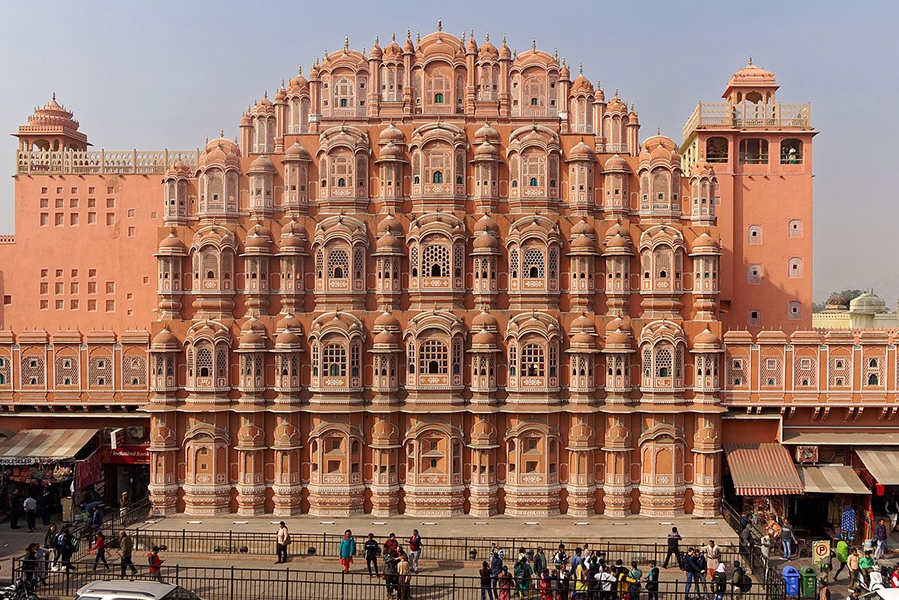
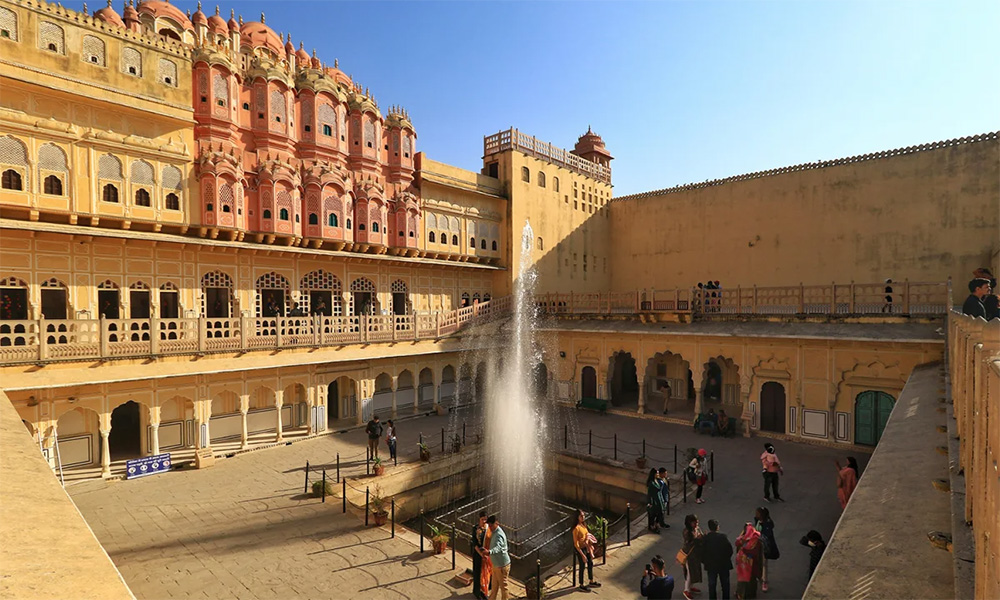


![[Photo] Politburo works with the Standing Committees of Vinh Long and Thai Nguyen Provincial Party Committees](https://vphoto.vietnam.vn/thumb/1200x675/vietnam/resource/IMAGE/2025/9/8/4f046c454726499e830b662497ea1893)
![[Photo] Politburo works with the Standing Committees of Dong Thap and Quang Tri Provincial Party Committees](https://vphoto.vietnam.vn/thumb/1200x675/vietnam/resource/IMAGE/2025/9/8/3e1c690a190746faa2d4651ac6ddd01a)




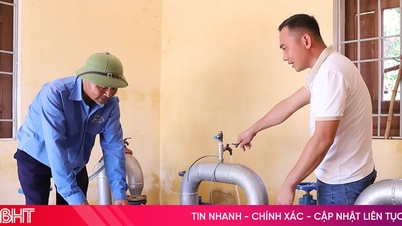






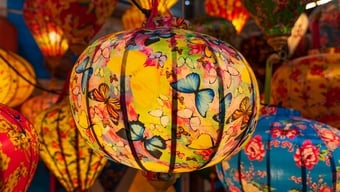






![[Photo] Amazing total lunar eclipse in many places around the world](https://vphoto.vietnam.vn/thumb/1200x675/vietnam/resource/IMAGE/2025/9/8/7f695f794f1849639ff82b64909a6e3d)



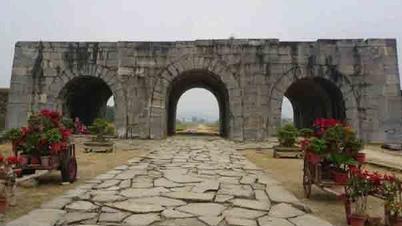

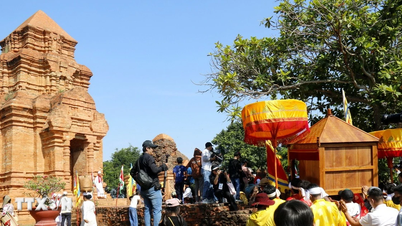





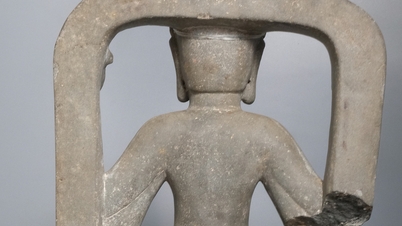









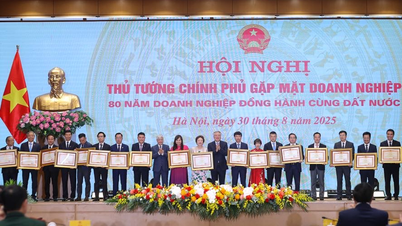







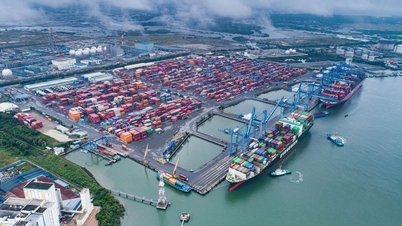




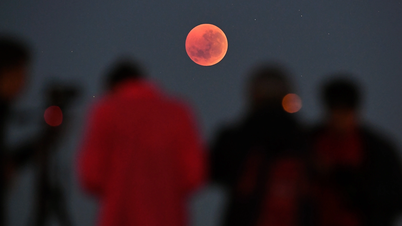


























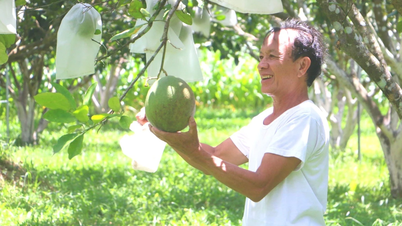




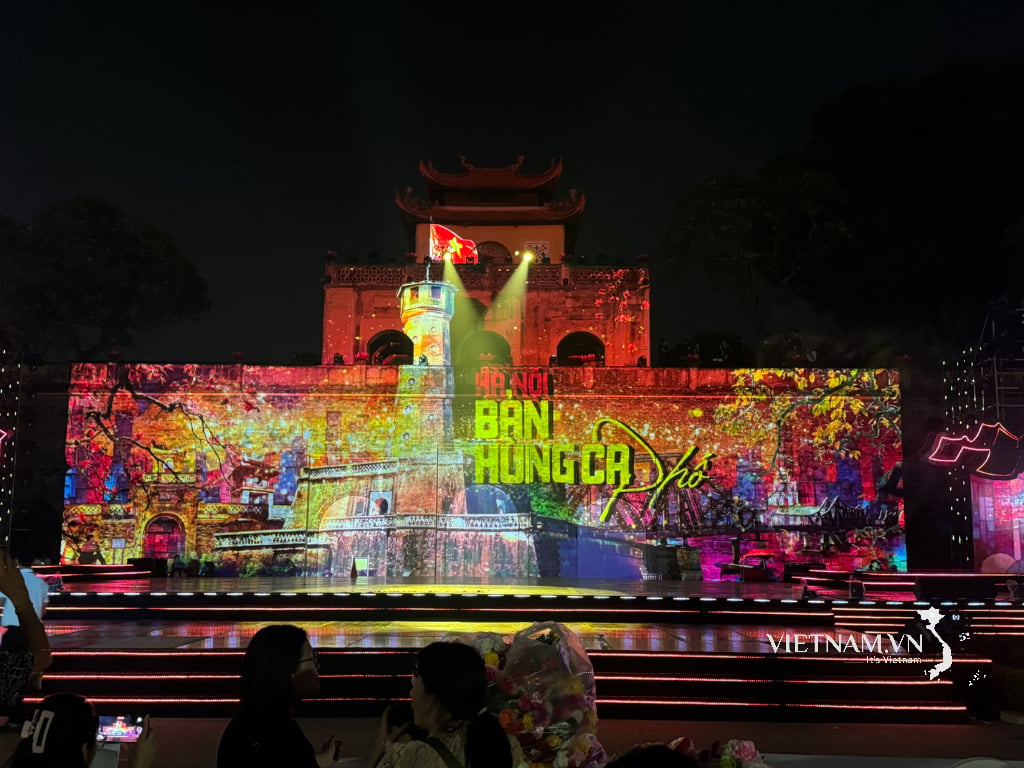



Comment (0)